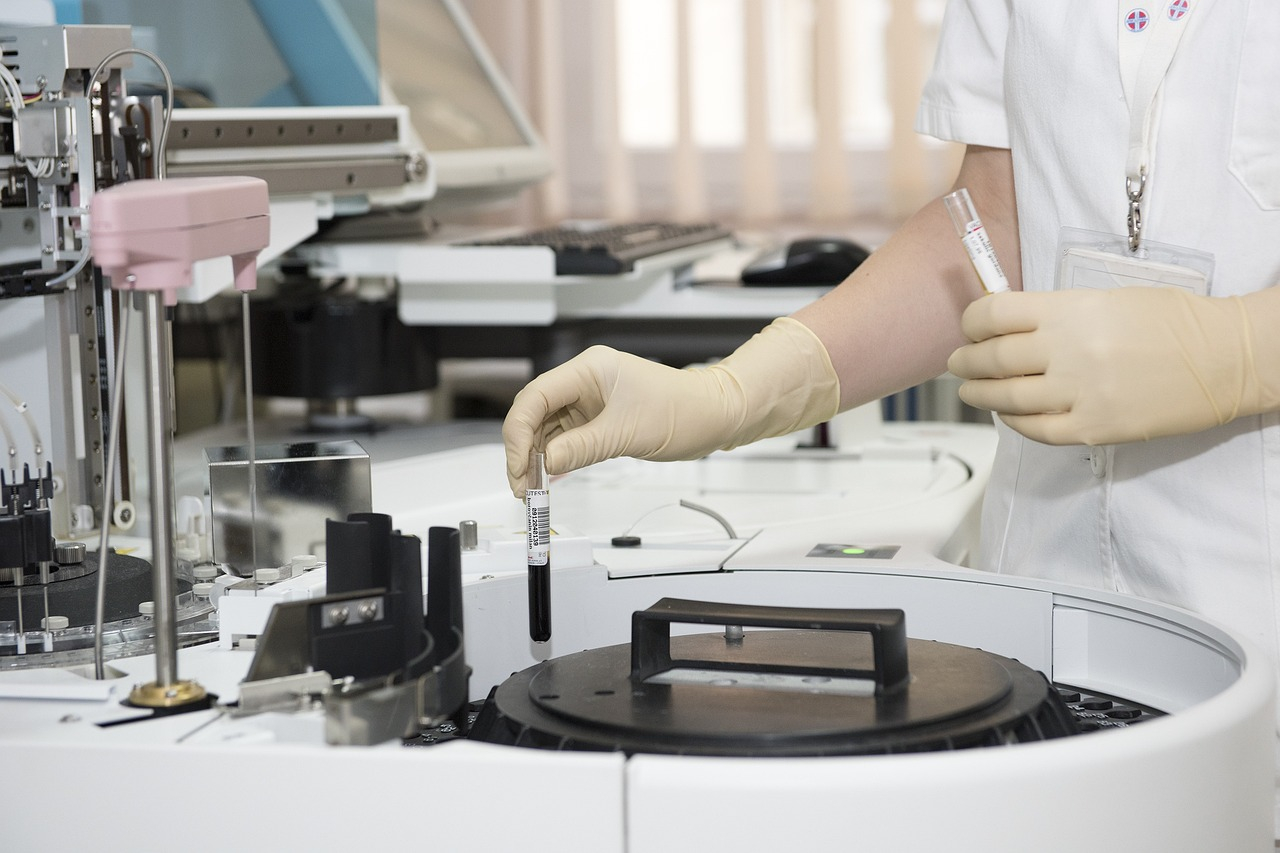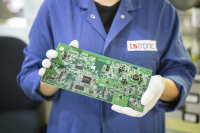Revolutionary Treatment Method
LyGenesis announced that the first volunteer underwent a procedure where donor cells are to transform one of their lymph nodes into a second liver. The procedure was carried out on March 25 in Houston as part of a clinical trial aimed at testing the experimental treatment on 12 adults with advanced liver disease. "We are using the lymph node as a living bioreactor," says Michael Hufford, co-founder and CEO of Pittsburgh-based LyGenesis. He adds that even a 10 to 30 percent increase in liver mass could have a significant impact on patients with advanced liver disease.
Donor Shortage vs. New Technology
About 10,000 people in the United States are waiting for a liver transplant, many of whom will wait months or years. It’s worth mentioning that this number does not include those who need a new liver but do not qualify for a transplant due to other health problems. LyGenesis hopes to grow enough healthy liver tissue so that patients will not need a transplant.
From discarded organs, LyGenesis scientists isolate and purify hepatocytes - the most abundant cells in the liver - and gather them into an IV bag. Then, healthy donor cells are introduced into a selected lymph node, located near the liver, to take advantage of regenerative signals emitted by the damaged organ. The liver, being the only organ with the ability to regenerate, even when damaged, continues to secrete growth factors and other molecules in an attempt to repair itself. The introduced cells seem to respond to these signals, forming new liver structures.
This groundbreaking method may open new possibilities for individuals with advanced liver disease, offering an alternative to traditional transplants and reducing dependence on the limited number of donor organs available.








